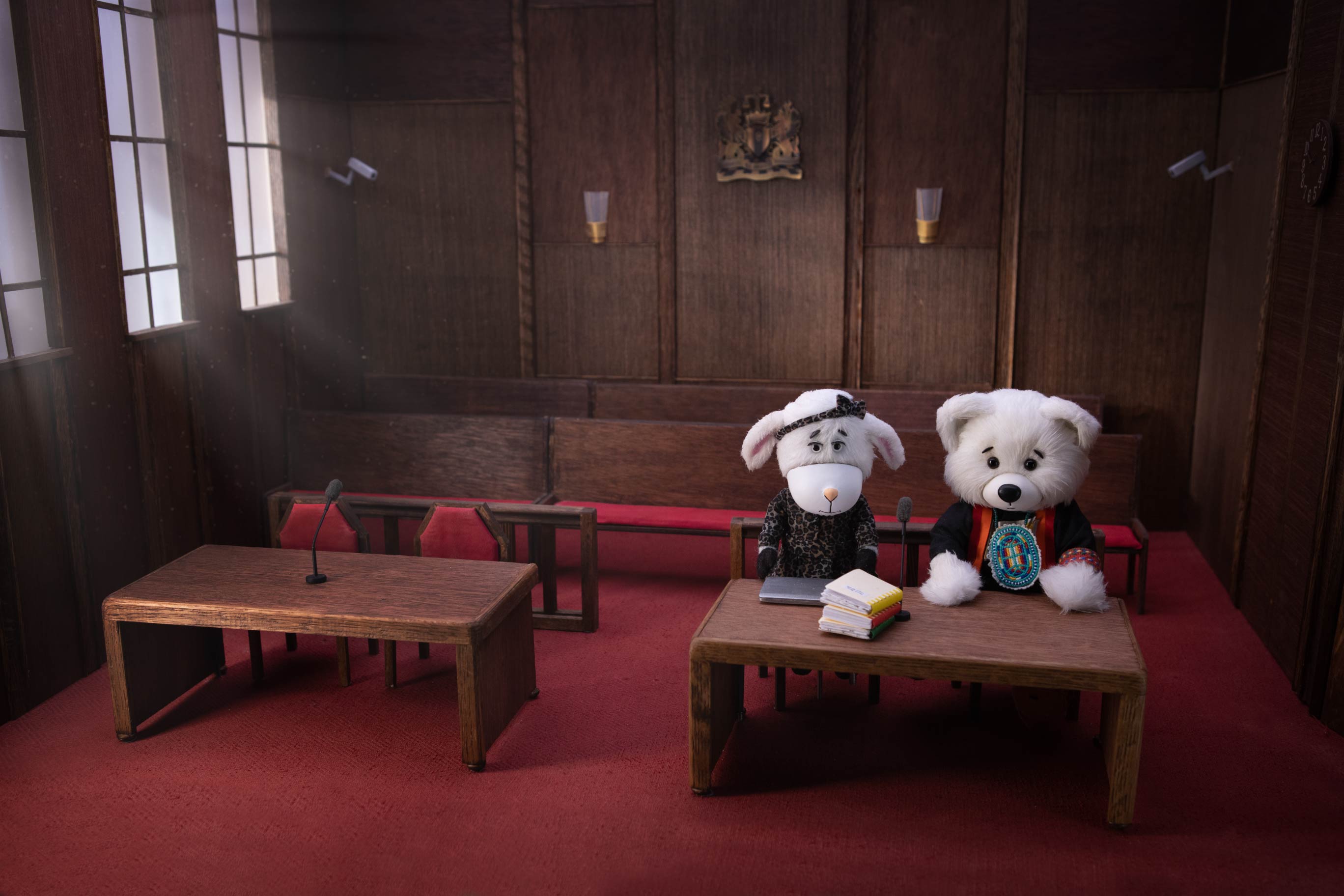Background
On February 23, 2007, the Assembly of First Nations (AFN), a political organization representing all First Nations in Canada, and the First Nations Child and Family Caring Society of Canada (the Caring Society), a national non-profit organization providing services to First Nations child welfare organizations, took the historic step of holding Canada accountable before the Canadian Human Rights Commission for its current treatment of First Nations children. The complaint alleges that the Government of Canada had a longstanding pattern of providing less government funding for child welfare services to First Nations children on reserves than is provided to non-Aboriginal children.
The inequalities in First Nations child welfare funding are longstanding and well documented (Royal Commission on Aboriginal Peoples [RCAP], 1996; McDonald & Ladd, 2000; Loxley et. al., 2005; Amnesty International, 2006; Assembly of First Nations, 2007; Auditor General of Canada, 2008; Standing Committee on Public Accounts, 2009) as are the tragic consequences of First Nations children going into child welfare care due, in part, to the unavailability of equitable family support services (McDonald & Ladd, 2000; Blackstock and Trocme, 2005; Amnesty International, 2006; Clarke, 2007; Auditor General of Canada, 2008; National Council on Welfare, 2008). This inequity is further amplified for First Nations children by shortfalls in education funding, housing and publicly funded voluntary sector supports (Blackstock, 2008).
In October of 2008, the Canadian Human Rights Commission referred the case to the Canadian Human Rights Tribunal to determine whether or not discrimination had occurred pursuant to the Canadian Human Rights Act. The Canadian Human Rights Tribunal is similar to a court process with all evidence taken under oath. The Tribunal is open to the public and can order a remedy to discrimination.
After numerous attempts by the federal government to have the case dismissed, hearings at the Tribunal began in February 2013, and concluded in October 2014.
On January 26, 2016, the Tribunal ruled that the Canadian government is racially discriminating against 165,000 First Nations children.
Learn more:
-
Canadian Human Rights Commission Guide to Understanding the Canadian Human Rights Act
-
Canadian Human Rights Commission Human Rights Handbook for First Nations
-
Interview with Cindy Blackstock, First Nations Child and Family Caring Society of Canada
-
Lisa Abel interviews Cindy Blackstock on the First Nations Child Welfare Tribunal, September 17, 2009



